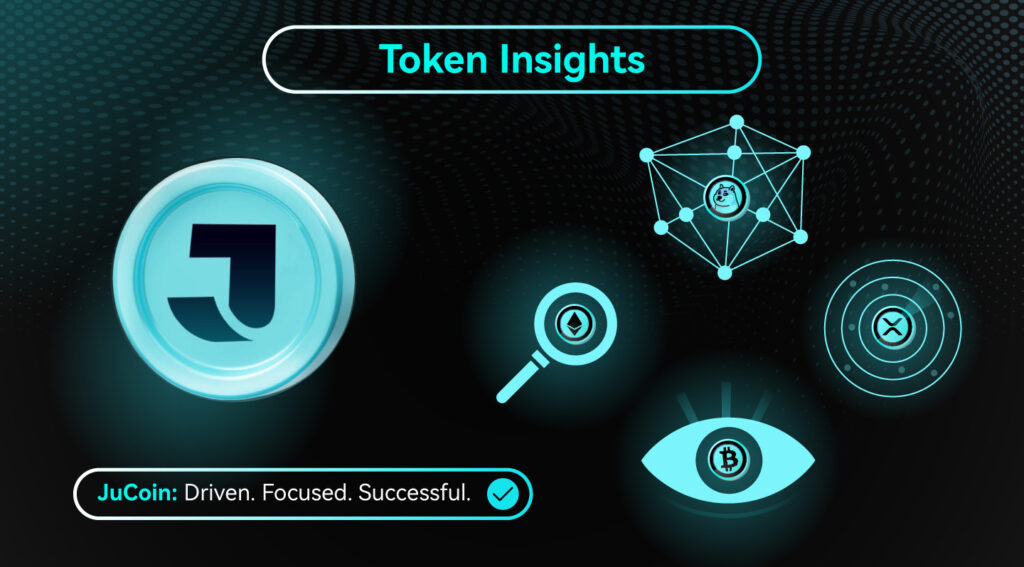
Sky allows users to earn USDS rewards via non-custodial savings, focusing on “self-custody + simplified yield access.” This Token Insights article maps Sky’s core mechanisms, yield sources, user flow, and key risks from a research perspective, and provides compliance and integration notes.
Summary: Through the Savings Rate and sUSDS, Sky lets users accrue USDS rewards under a non-custodial model. The currently displayed APY and TVL on the site are important evaluation indicators and suit more conservative on-chain treasury management.
What Is Sky?
Sky is a non-custodial entry point to a decentralized protocol, offering saving, trading, and reward features. Its stablecoin USDS can earn native yield and rewards within the protocol, while users retain control over funds. The brand and ecosystem inherit from the Maker stack, and target a broader consumer and developer audience.
Why Emphasize Non-Custody?
According to Messari, non-custodial means funds are self-custodied by smart contracts, with the frontend serving only as an access point. For users, Sky’s earning and redemption are executed at the contract layer, reducing intermediary risk and account-freeze risk, while still subject to availability disclosures by jurisdiction.
USDS and Yield Mechanism
USDS is the core asset for earning yield and rewards. Users deposit USDS into the Savings Rate (SSR) module, and balances accrue over time. The official interface currently shows APY and TVL (e.g., SSR 4.75%, TVL around $2 billion, for reference at the time of writing). The protocol also offers incentives such as Sky Token Rewards to foster early and long-term participation.
What Is sUSDS?
When users deposit USDS into SSR, they receive sUSDS as a share token that tracks and settles accrued returns. This design is based on non-custodial and permissionable contracts, enabling flexible deposits/withdrawals and settlement. SSR is set by decentralized governance, and newly generated USDS are distributed to the pool through protocol mechanisms; users receive returns pro-rata by shares. Unlike traditional “lending match-making,” Sky embeds yield acquisition as a native module, reducing the complexity of hopping across multiple protocols.
Non-Custodial Saving Flow
- Prepare USDS and connect a wallet.
- Select Save/SSR on the frontend.
- Enter the amount, confirm the transaction, and receive sUSDS.
- Balances accrue by SSR over time.
- Redeem anytime to withdraw USDS and accrued rewards pro-rata.
This flow is straightforward for both end users and institutions. Interactions primarily incur on-chain gas; redemptions are typically instant or near real-time. Actual APY and wait times depend on protocol parameters and network congestion—check the UI and contract docs before acting.

Risks and Compliance Notes
Contract and rate-adjustment risks: even if contracts are live, potential vulnerabilities and parameter changes remain possible; the rate is not constant and may be adjusted by governance. Regional availability: some features may be unavailable in certain jurisdictions—confirm terms in the frontend. Operationally, also manage wallet private keys and approvals carefully.
Ecosystem and Integration
Sky’s ecosystem centers on USDS, SSR, and reward modules, and coordinates with external tools and frontends. For example, Spark’s documentation clarifies that sUSDS/SSR are non-custodial contracts; industry research is tracking USDS’s evolution and migration path (e.g., a 1:1 upgrade from DAI). This opens integration space for wallets, custodians, market makers, and payment tools.
Research and Investment Focus
Watch three buckets of indicators: (1) Protocol-level data (SSR, TVL, active addresses, redemption depth); (2) Governance and risk events (parameter changes, audits, incident response); (3) Ecosystem expansion (use-case integrations, compliance statement updates). Treasury managers may treat Sky as a “native yield leg for idle stablecoins,” while adhering to their own compliance boundaries.
FAQ
Q1: What’s the difference between USDS and sUSDS?
A: USDS is a transferable stablecoin; sUSDS is the share receipt you get after depositing into SSR, representing your pool share and accrued yield.
Q2: Is the yield fixed?
A: No. SSR may change with governance and market conditions. Figures shown in the UI reflect current parameters and can change.
Q3: Can I redeem at any time?
A: Yes. You can generally redeem anytime to receive USDS and accrued returns pro-rata; actual speed depends on network and contract status.
Q4: Does this count as “custody”?
A: No. Funds are managed non-custodially by contracts, with the frontend as an access interface; still, safeguard your private keys and approvals.
Q5: Do I need to “farm-hop” across multiple protocols?
A: No. Sky integrates yield as a native module, reducing the complexity and extra risk of multi-hop strategies.
Q6: Where does USDS come from?
A: USDS is part of Sky’s stablecoin upgrade path; industry research commonly views it as an evolutionary step from DAI.
Key Takeaways
Non-custody is the core value—users retain control of funds at all times.
SSR/sUSDS provides native yield while reducing cross-protocol complexity.
APY and TVL should follow the latest frontend data; always recheck parameters and terms before acting.




